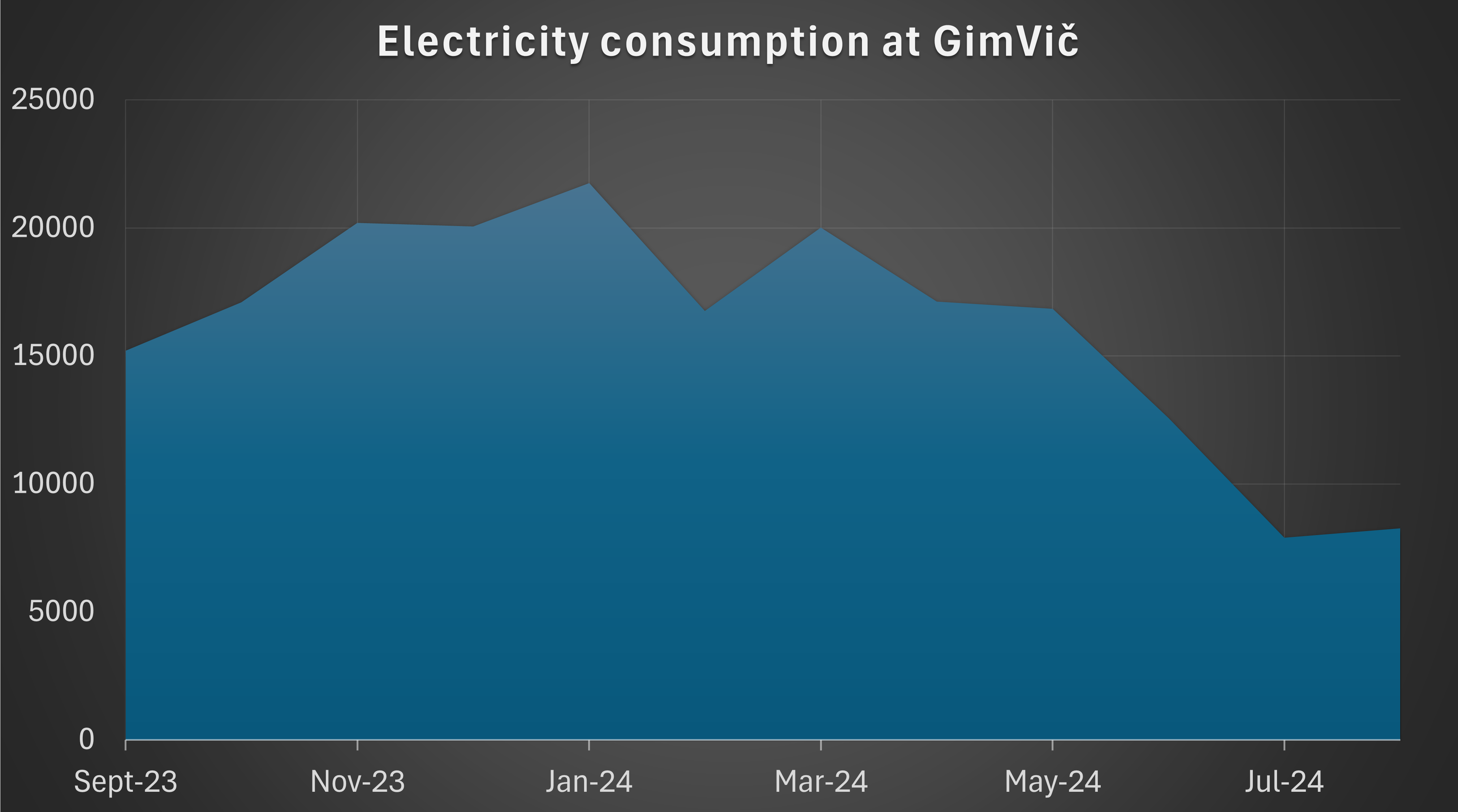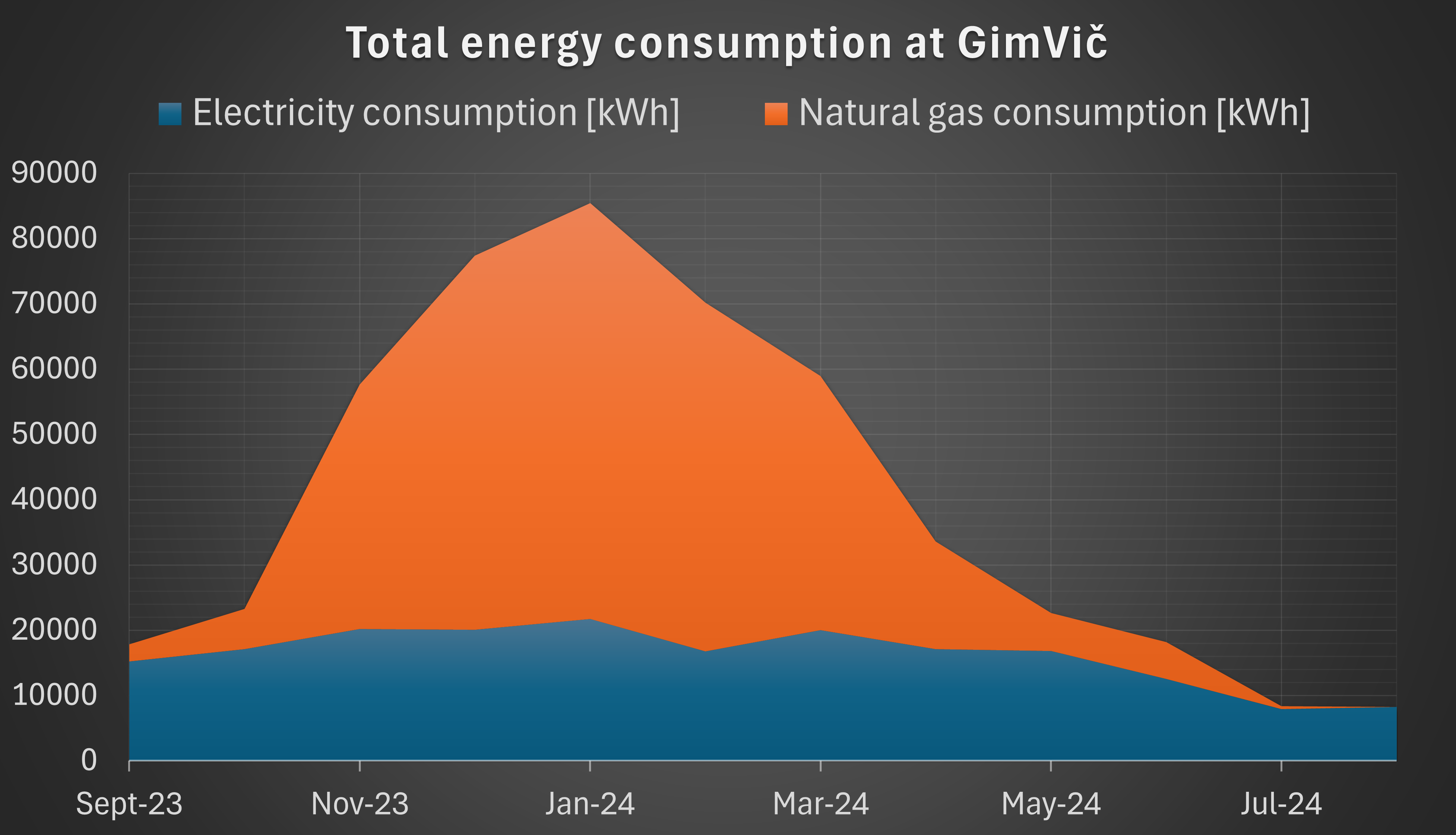There are different definitions of energy, but they all have a common conclusion: energy is the ability of a system and body to do the work.
The basic unit for measuring energy is the joule. In the household we use the unit kilowatt hour (1 kWh, which corresponds to work done by a consumer with a power of 1 kW in one hour). It is a physical unit for work and energy (1 KWh is equal to 3.6 MJ). The unit of energy is also toe (ton of oil equivalent, strangely not a "freedom" unit), which means quantity energy, which is released by burning 1 ton of crude oil. Toe is used to indicate large amounts of energy (1 toe = 41.87 GJ = 11.63 MWh).
Energy is needed in everyday life to prepare and store food, for hot water, for maintenance of suitable living conditions (heating, cooling), for driving means of transport, for entertainment, etc.
In energetics, we know the forms of energy, which are characterized according to the degree of conversion from forms that are not we can directly use, in the ones we need (for example at home):- primary energy (hidden in energy carriers),
- secondary energy (e.g. electricity obtained from coal in a thermal power plant),
- final energy (obtained by the user),
- useful energy (to meet user needs, e.g. heat on an electric stove panels).
Source[3]: golea.si
 SL
SL


